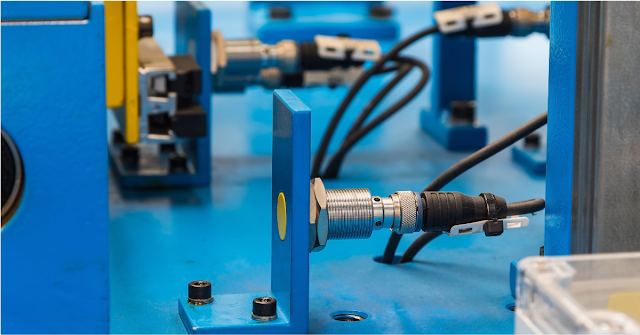When designing or maintaining industrial control systems, choosing the right relay type is critical. The two most common types—Electromechanical Relays (EMR) and Solid State Relays (SSR)—each have their own benefits and limitations. In this post, we’ll explore the key differences, advantages, disadvantages, and ideal use cases to help you decide between EMR and SSR for your automation projects.
What is an Electromechanical Relay (EMR)?
An EMR is a mechanical switch operated by an electromagnet. When current flows through the coil, it creates a magnetic field that moves the armature to open or close the contacts.
Key Features of EMR:
-
Physical contacts that move to make or break a connection
-
Audible click when switching
-
Capable of handling high inrush currents
-
Low cost and easy to replace
What is a Solid State Relay (SSR)?
An SSR is an electronic switching device with no moving parts. It uses semiconductors like triacs or thyristors to perform the switching function.
Key Features of SSR:
-
No mechanical contacts, hence silent operation
-
High-speed switching
-
Longer lifespan due to lack of physical wear
-
Better for sensitive or fast-switching applications
Conclusion
Both EMRs and SSRs are essential components in electrical control systems, and choosing the right one depends on your specific needs. Consider factors like load type, switching frequency, noise level, and budget before making a decision.







0 Comments